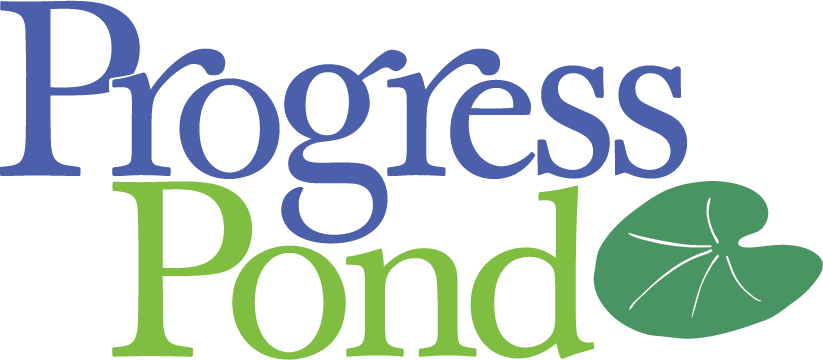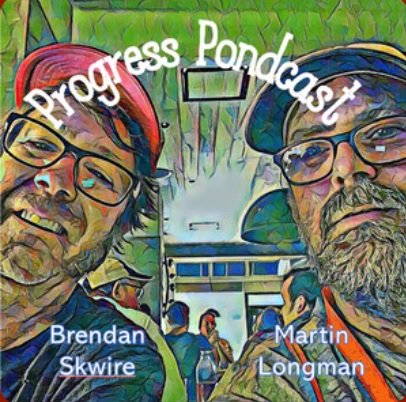“Nonfarm employment increased by 146,000 in June, and the unemployment rate continued to trend down, reaching 5.0 percent, the Bureau of Labor Statistics of the U.S. Department of Labor reported today. Over the month, payroll employment continued to grow in several industries, notably professional and business services and health care.”
Consensus estimates were between 178-200, so today’s number is weaker than expected.
As usual, manufacturing lost jobs. This time the number was 24,000. The big gains were in service sector jobs, specifically professional and business services which gained 56,000.
So what does this mean? Bloomberg’s story has the best answer: “Slowly but surely the job market is improving, but it’s an achingly slow process in the expansion,” said Doug Porter, an economist with BMO Nesbitt Burns in Toronto, before the report.
Simply put, this expansion is not creating the level of jobs it should. For a variety of reasons, employers are holding back on hiring decisions. There are numerous reasons for this. Often sited are health insurance costs for new employees. In addition, corporations are doing a fair amount of pure savings right now, possibly looking for investment opportunities, possible just simply saving because it is the economic path of least resistance.
ftp://ftp.bls.gov/pub/news.release/empsit.txt
http://quote.bloomberg.com/apps/news?pid=10000006&sid=aW6yJzGBonBw&refer=home



You can read the numbers different ways. The unemployment rate is the lowest it’s been since 9/11. The average work week is 33.7 hours. Average hourly wage has risen by 2.7% so far this year…
http://www.bls.gov/news.release/empsit.nr0.htm
The problem here is that the unemployment rate means zip. There are so many categories of people excluded from it that it’s become a totally meaningless feel-good statistic. A better thing to look at is the rate at which jobs are being added – which appears to be below the rate needed to keep up with workforce expansion. (150,000 jobs/month is the figure I’ve seen quoted about that.)
One of the problems that I can see is that businesses seem to be against trying anything new. Most industries are putting their money into protecting their existing business models and ways of doing business (the music/movie industry, the computer industry, and the energy industry are all good examples) instead of attempting to innovate.
I get confused at the job numbers… how come they often say after spewing about thousands of jobs created that no jobs were created in the private sector? I read last week that over 100,000 jobs were lost in the private sector in June?!?! I strongly suspect that numbers are being interpreted in very creative ways. Are there more jobs or not? The unemployment numbers are regularly fudged by not counting the people who fall off the rolls of unemployment… how convenient. I look at the monthly numbers as lipstick on a pig… and probably consistently inaccurate.
A stock broker friend of my husband told him that consumer confidence is in the toilet as far as the market goes… only the very rich are gung ho right now. He’s never seen it so bad… then a week later the government came out and screamed that consumer confidence is wonderful. They regularly change reports and scientific studies to fit their policies… they regularly lie about everything else, why should we believe their economic statistics?
This is Papau’s tracking topic on DU. Here is a link to a series of posts where he shows they do not calculate in the Birth/Death adjustment.
http://www.democraticunderground.com/discuss/duboard.php?az=view_all&address=114×16780